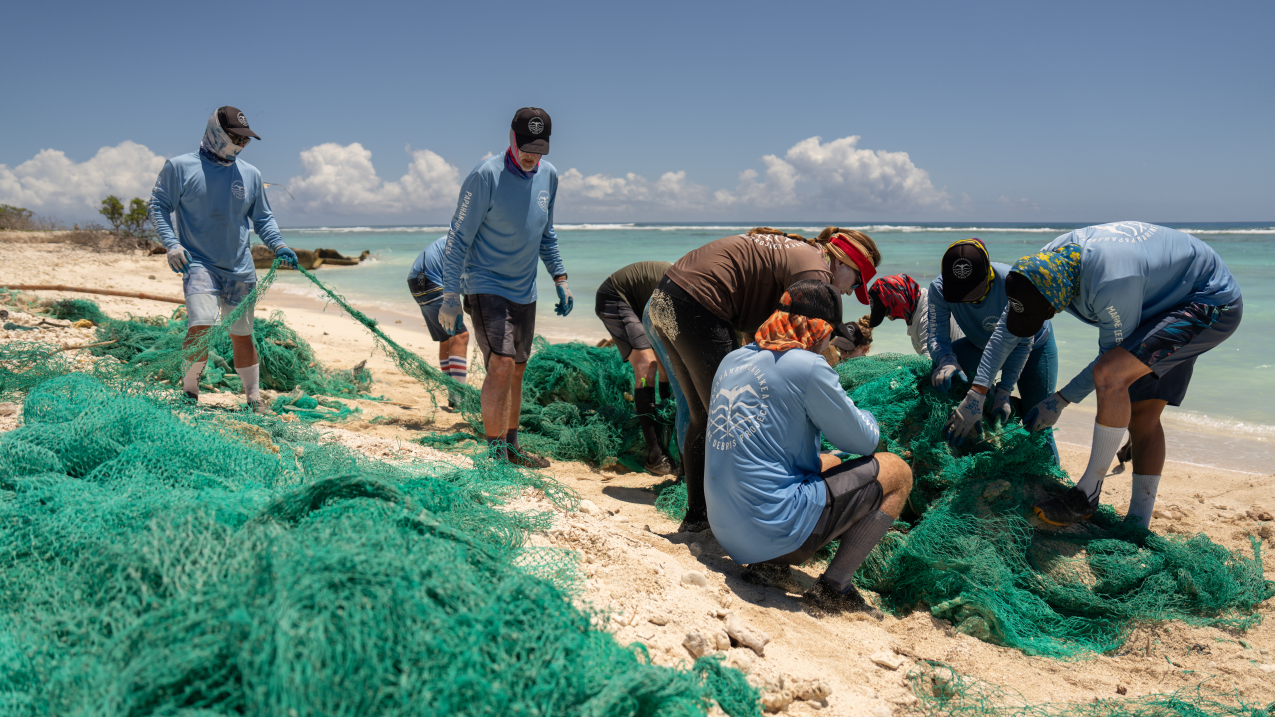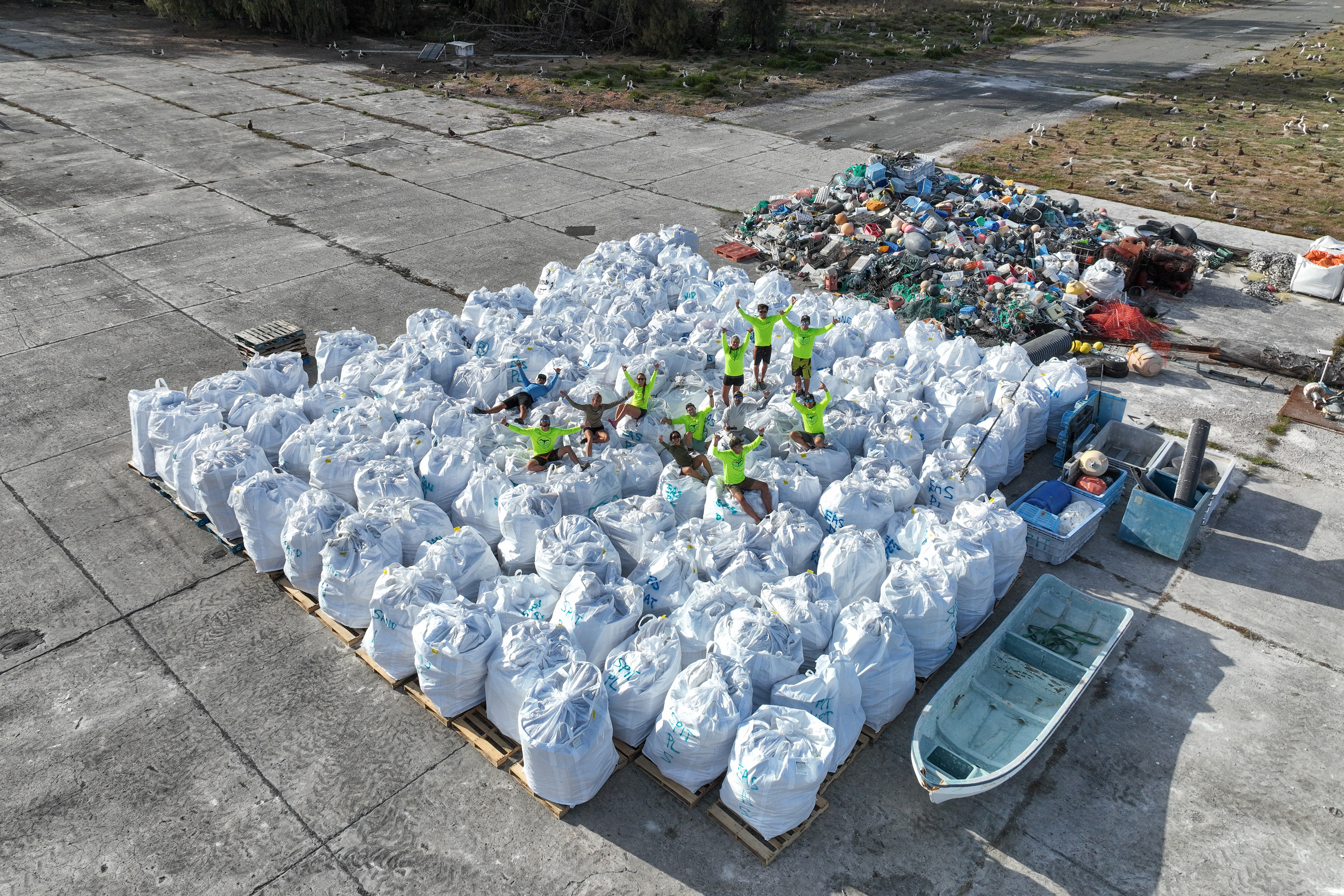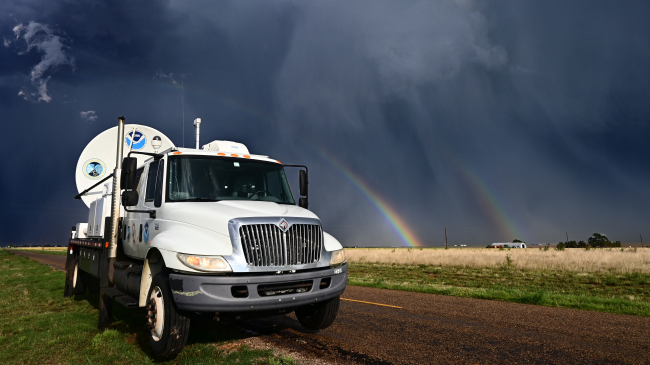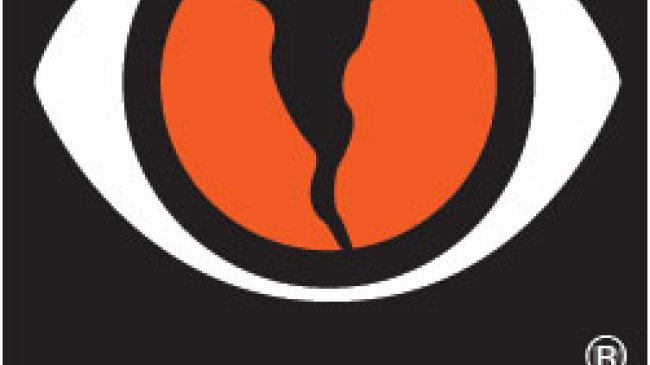Funding will support innovative marine debris prevention and removal

Marine debris technicians from the Papahānaumokuākea Marine Debris Project scour the shoreline of Midway Atoll on April 23, 2024 to remove extensive amounts of marine debris, including discarded nets which can entangle and kill birds, seals, turtles and destroy coral reefs. They harm native seabirds like the Laysan and Black-footed albatrosses, Hawaiian green sea turtles and Hawaiian monk seals. The removal project previously received support from the Bipartisan Infrastructure Law. (Image credit: A. Sullivan Haskins/ PMDP Hawaii)
Today, the Department of Commerce and NOAA announced $27 million in funding for projects to prevent and remove marine debris in coastal and Great Lakes communities as part of President Biden’s Investing in America agenda, under the Bipartisan Infrastructure Law.
This funding will support innovative research and foster local coalitions to address urgent marine debris issues by using NOAA Sea Grant’s partnered approach to bring science together with communities for solutions that work.
“Marine debris can present significant threats to the water quality, habitats and economic opportunity for our coastal and Great Lakes communities, but thanks to President Biden’s commitment to investing in America, we are taking steps to remove and address marine debris,” said U.S. Secretary of Commerce Gina Raimondo. “With funding from the Biden-Harris Administration, these projects will help make sure coastal communities across the country have the tools and resources they need to address the harmful effects of marine debris head on, protect coastal and marine ecosystems and boost local economies.”
“By involving local communities in marine debris removal and prevention, we are not only tackling a pressing environmental issue but also fostering collaboration, innovation and sustainable practices that will strengthen community resilience,” said NOAA Administrator Rick Spinrad, Ph.D.

The projects were selected through two competitive opportunities: The Marine Debris Challenge Competition and the Marine Debris Community Action Coalitions.
Marine Debris Challenge Competition
Eleven projects across Alabama, California, Florida, Illinois, Massachusetts, New York, North Carolina, Oregon, Texas and Wisconsin were recommended for approximately $25 million in total funding. These projects will push the boundaries of existing marine debris prevention and removal technologies and approaches, and turn innovative research into tangible results. Examples include:
- New York: Developing a new marine robot for efficient marine microplastic removal inspired by the particle-collecting mechanism of snails.
- Texas and Florida: Evaluating the use of plastic versus non-plastic materials in oyster reef restoration.
- California: Transforming ocean-sourced plastics into dyes to produce eco-friendly fashion and enzymes to produce sustainable laundry detergents.
See the full list of Marine Debris Challenge projects on the NOAA Seagrant website.
Marine Debris Community Action Coalitions
Ten projects across California, Florida, New York, North Carolina, Pennsylvania, South Carolina, Wisconsin and Vermont were recommended for approximately $2.9 million in total funding. These projects will engage communities, groups and localities — particularly those that have been historically disadvantaged — in translating research into collaborative marine debris removal and prevention efforts. Examples include:
- Forming a cross-boundary coalition in the western U.S.-Mexico border region to address cross-border debris flows and related issues.
- Establishing "Zero Waste Miami," a coalition of diverse stakeholders, including businesses and government, to develop a circular economic system where materials are maintained through reduction, reuse, repair, recycling and composting.
See the full list of Marine Debris Community Action Coalitions on the NOAA Seagrant website.
The Community Action Coalitions advance President Biden’s Justice40 Initiative, which aims to ensure that at least 40% of the overall benefits from certain climate, clean energy and other federal investments flow to disadvantaged communities that are marginalized by underinvestment and overburdened by pollution and intensifying climate impacts.
“These programs will ensure that disadvantaged communities benefit from cleaner, safer coastal and marine environments,” said Jonathan Pennock, director of NOAA’s National Sea Grant College Program. “The impact of this funding will be extensive, enhancing the ecological health of our coastlines and the well-being of the people who depend on them.”
These projects are a component of the nearly $3 billion investment in NOAA’s Climate-Ready Coasts, Climate Data and Services and Fisheries and Protected Resources through the Bipartisan Infrastructure Law to address the climate crisis and bolster coastal resilience and infrastructure.
Visit NOAA’s Bipartisan Infrastructure Law and Inflation Reduction Act websites to learn how NOAA is collaborating with communities to build a Climate-Ready Nation, and to see current and future funding opportunities.
Climate, weather, and water affect all life on our ocean planet. NOAA’s mission is to understand and predict our changing environment, from the deep sea to outer space, and to manage and conserve America’s coastal and marine resources.
Media contact
Monica Allen, monica.allen@noaa.gov, (202) 379-6693.




